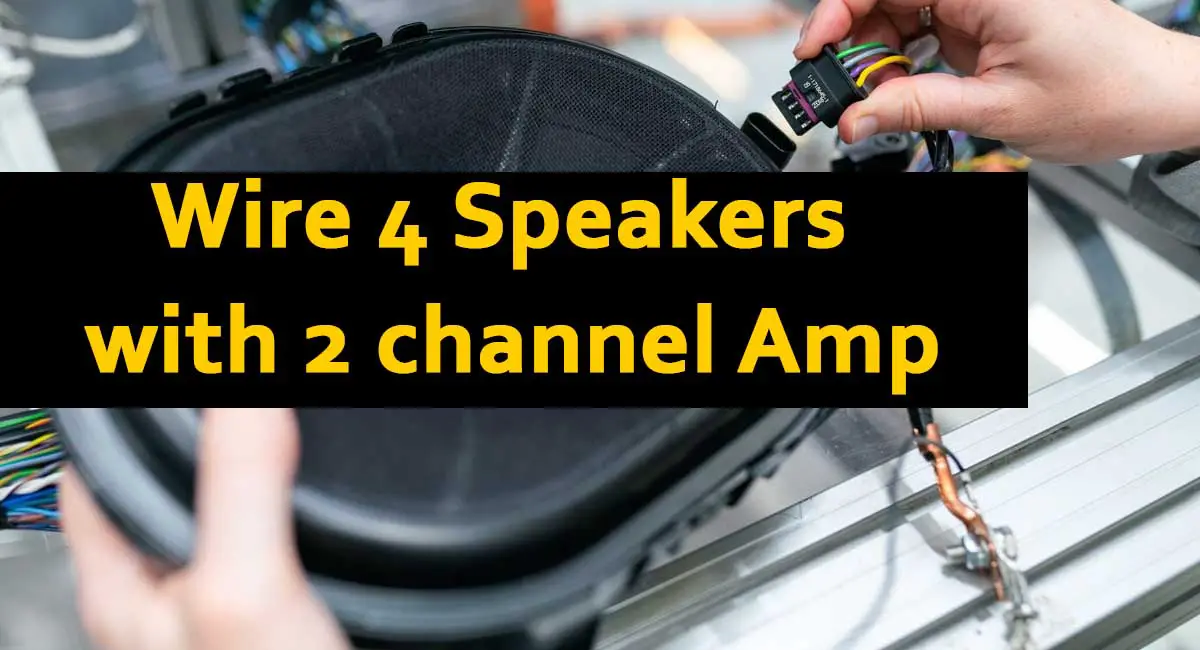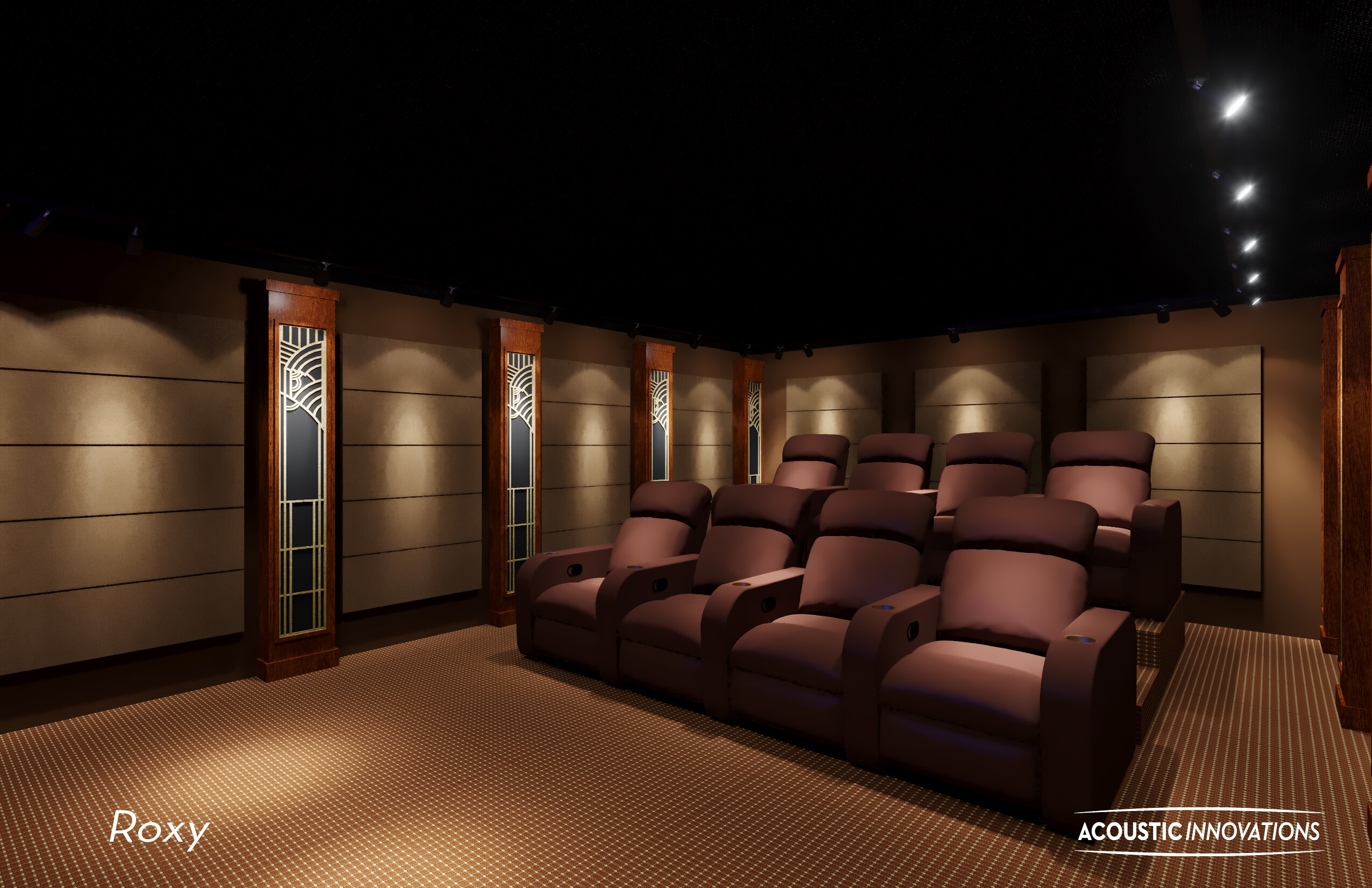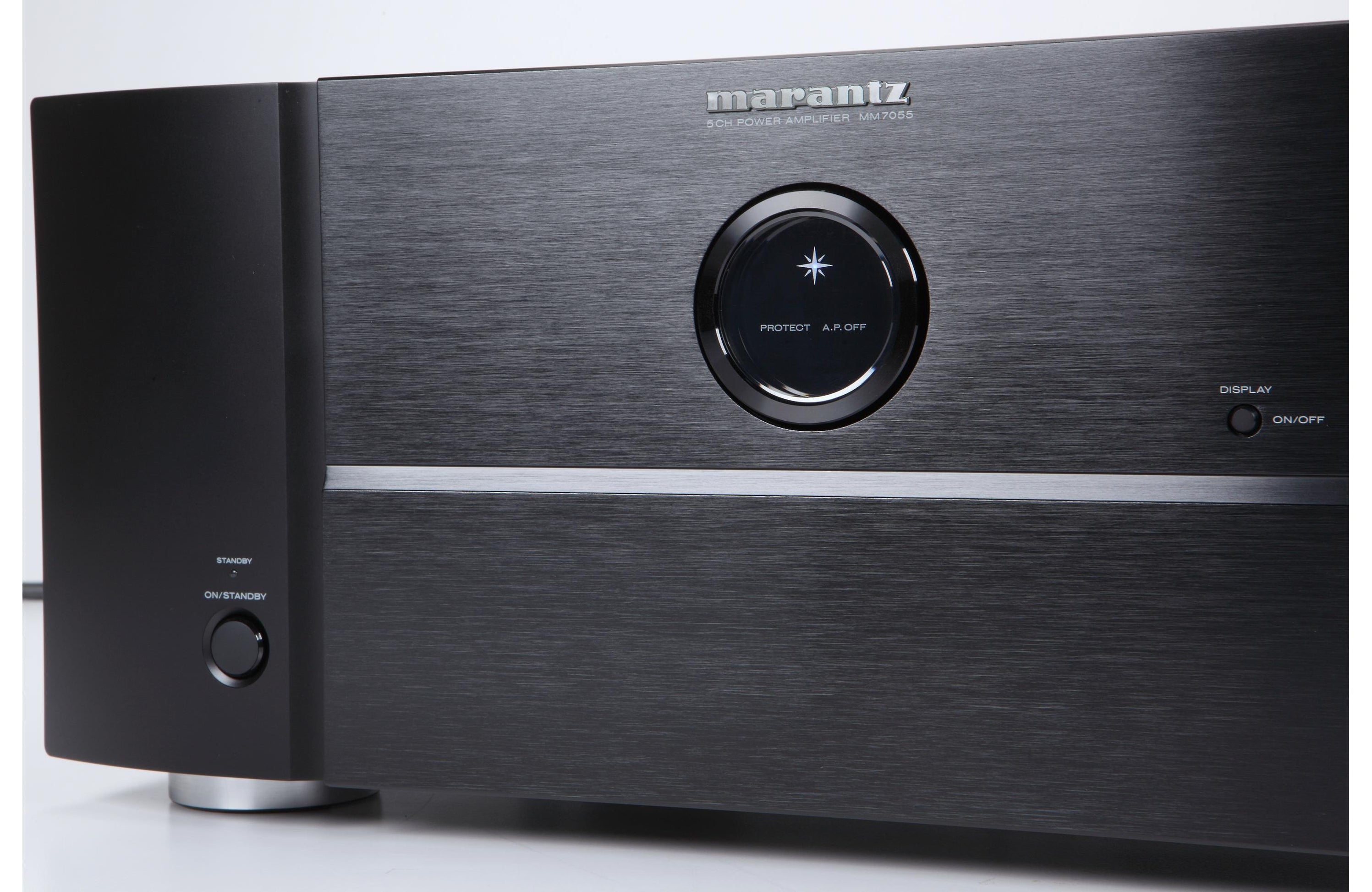Table of Content
- Get tips on how to choose the best amplifier or receiver for your speakers here.
- DIY: How To Paint In-Wall & In-Ceiling Speakers For Your Home Theater
- Why can’t I use a 4 or 2 ohm car subwoofer with a home stereo?
- Connect Using Stereo RCA or Speaker Level Outputs
- Where Should I Setup My Subwoofer?
- Get your FREE Home Theater System Guide
We like them because they are very easy to service and make changing things out as you upgrade super simple. Today’s home theater receivers come with so many features, they can make your head spin. Just take a look at the specs on any brand’s website and you’ll probably see more than 50 features listed in the long list of advantages the brand is pitching you. Sure you want all of the latest and greatest, but in the end, room EQ optimization i...
If you have any questions or comments, feel free to reach out to us via chat, email, phone, or drop by one of our locations in Raleigh or Charlotte, NC. For the best experience, we want the sound from our main speakers and subwoofer to arrive at our ears at the same time. This adjustment is a bit geeky and you can skip it if you are more of a casual listener. However, when you do get the phase-matched between your subs and main speakers you get this sense of effortless sound that is pretty amazing. Subwoofer setup and placement are two big factors to ensuring you get thundering bass in your home theater system. Adding a subwoofer makes a huge improvement in your sound stage if you know how to properly position and calibrate the subwoofer.
Get tips on how to choose the best amplifier or receiver for your speakers here.
We are often asked about the difference between sealed and ported subwoofers, and which they should choose for their room. Custom painting your speaker grilles allows you to virtually hide your speakers in plain sight – they’ll blend in with your walls, ceiling, or cabinet for a seamless visual appeal. If you’re reasonably handy, this do-it-yourself guide will walk you through how to custom paint your in-wall or in-ceiling speakers.

Have you ever wondered why you have black bars at the top and bottom of movies? In this video, we explain everything you need to know about widescreen. If you have a home theater or are thinking about building one, this video will demystify aspect ratios and explain how to design and set up your system to get the best experience possible for new... This tip is designed to help you perfectly focus your projector and is part of our Top 5 Tips For Improving Your Home Theater Video series.
DIY: How To Paint In-Wall & In-Ceiling Speakers For Your Home Theater
You want to use an RCA cable to run from the subwoofer out on your receiver to your subwoofer. If you have two subwoofers, it is great if your receiver has two subwoofer outputs, but you can still get the benefit of two subs with just one sub out on your receiver. Simply use a high-quality “Y” connector to split the signal and run two cables from there. For home theater, you do not have to worry about this and can just connect to either one. The only exception would be if your sub has one of them labeled “LFE”, in which case you would use that connection.

In rectangular rooms, bass reproduction is more predictable, making it virtually an exact science when choosing the ideal subwoofer locations and doing room analysis. This greatly minimizes trial and error, allowing for a more scientific and methodical approach. There are, of course, no free lunches - which means there are trade-offs for all listening spaces, even perfectly rectangular rooms. Setting up your subwoofers can be easy with just a little know-how.
Why can’t I use a 4 or 2 ohm car subwoofer with a home stereo?
Well as an audioholic, I can tell you the same applies for speaker and subwoofer placement. Location is critical and is your first line of defense for minimizing calibration heartache and ensuring the most consistent sound across all of your listening seats. Check the old school mentality of calibrating for a single money seat at the door. Our goal is a state of the art home theater experience for most if not all of the listeners in our room, sans the mother-in-law of course.

You can use a line level converter, commonly used for factory-installed car stereos, to create some, then connect to a subwoofer amp. Never try connecting 2 or 4 ohm car subwoofers or speakers to a home stereo – they’re likely to overheat very quickly and suffer possible damage. “Once you have the subwoofer hooked up and placed properly in the room, you can now begin to integrate it with the rest of your system,” Beyer says.
Connect Using Stereo RCA or Speaker Level Outputs
Toproperly drive a subwoofer for it to work well, that’s different; in that case, yes, without question you need an amplifier of sufficient power to drive it well. This one’s easy to answer, although it’s important to be clear about power & amplifiers.In general terms, no, a sub won’t work ok without an amp. You can connect them just like you would a speaker, either to unused speaker outputs or also connect them alongside speakers already in use. You have a subwoofer or more than one subwoofer that can be wired for at least 8 ohms total.

We will make it easy to decide which features are important for your system and which ones you may not need to worry over. For two subwoofers, the process will depend on your home theater receiver or processor. Then slowly increase the distance in 1ft increments and stop where you get the highest SPL measurement. If your subwoofer does not have digital processing the maximum SPL will likely be at approximately the actual distance from the subwoofer. If your subwoofer has digital processing, the SPL will be highest somewhere between the actual distance and about 12 feet extra which would correlate with a 12-millisecond delay. While you are behind your subwoofer, you will probably see it has a knob for level control.
For the best experience on our site, be sure to turn on Javascript in your browser. Home Entertainment Whether you want to build your own home theater or just learn more about TVs, displays, projectors, and more, we've got you covered.

But, they can be a useful tool in helping to improve bass response, though they go beyond the scope of this article. You can read many articles on bass traps in our Acoustics section of the website. I suggest if at all possible to select a rectangular room for your theater room.
“The optimal connection is to use the RCA ‘sub’ or ‘woofer’ line out on home theater receivers and preamps,” says Klipsch Coordinator of Technical Information Chad Charleston. “Some subwoofers offer High-Level inputs , they are there for use with a receiver or preamp without a sub-RCA connection. However, bear in mind that finding the sweet spot is harder, but is possible with enough trial and error. As always, make sure you research your options and decide on which will be the best subwoofers for your home theater. Just remember, they don’t have to match, but this will likely provide the best audio.
We recommend avoiding this option for four subs unless you are stacking them for two locations or if your primary goal is the absolute best seat to seat consistency over maximum output. Sometimes a receiver or amplifier does not have the LFE subwoofer output, and sometimes the subwoofer doesn't have the LFE input. Instead, the subwoofer might have right and left stereo RCA connectors or spring clips like you see on the back of standard speakers. Using a subwoofer cable , connect the subwoofer to the AV receiver by running the cable from the receiver’s subwoofer output to the subwoofer’s line input. Klipsch subwoofers can be connected via the LFE channel, the white RCA connection, or in a stereo pair by using both the white and red RCA connections. If you can't achieve proper integration, you will have to consider moving the sub to a more optimal location.
Home Theater Setup
That is to say, you can’t hook up a subwoofer to a non-amplified signal output from any stereo or other audio source. You need an amplified speaker output with a fair amount of power in order for it to work ok and sound right. On the downside, home stereos don’t produce anywhere near the power of today’s car amps which typically have at least 75W to 100W or more per channel, if not several times that! On the plus side, when using a subwoofer inside your home you don’t have the terrible acoustical losses that you do in a car or truck. Car subwoofers are very inefficient speakers and are some of the most power-hungry you can find!


No comments:
Post a Comment